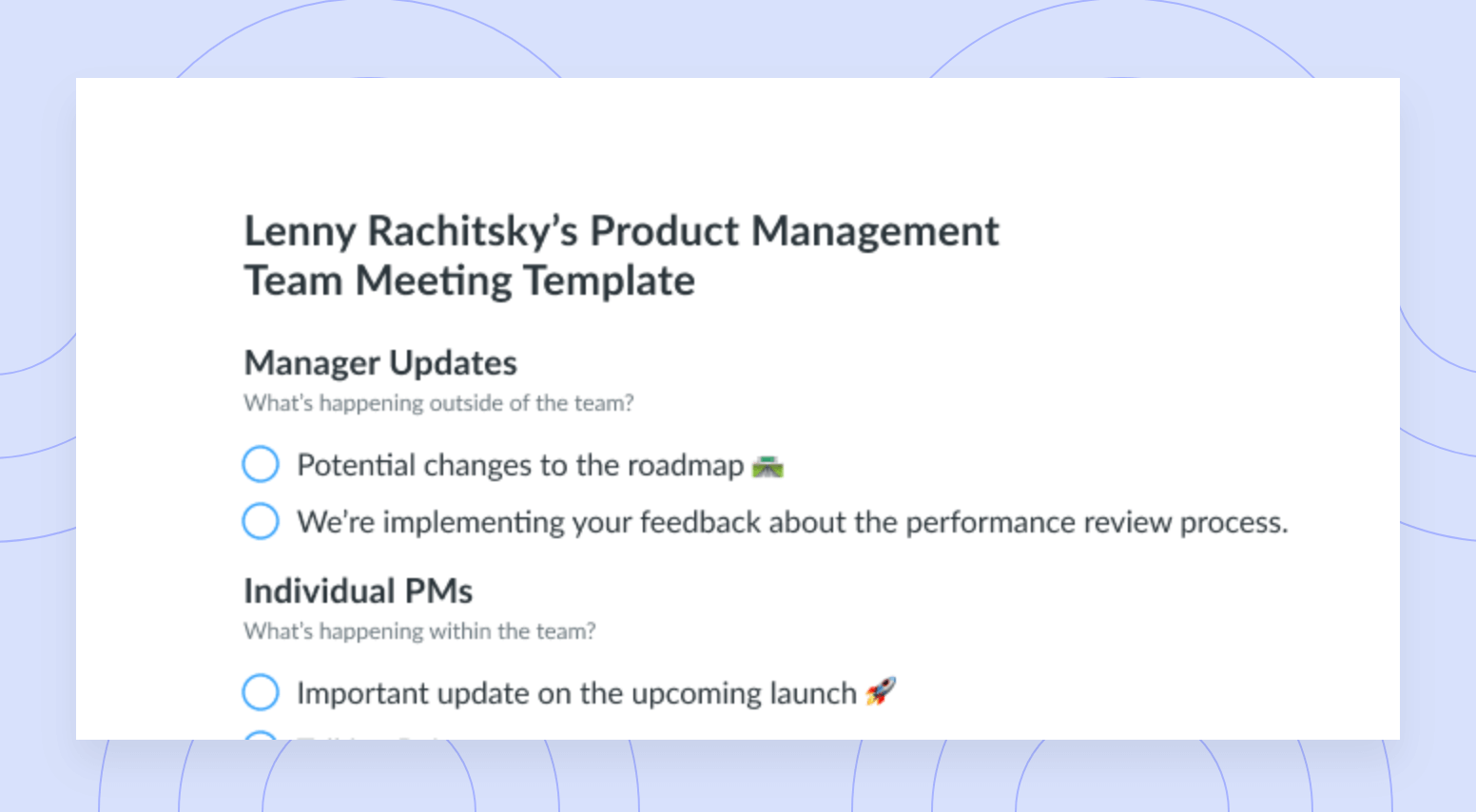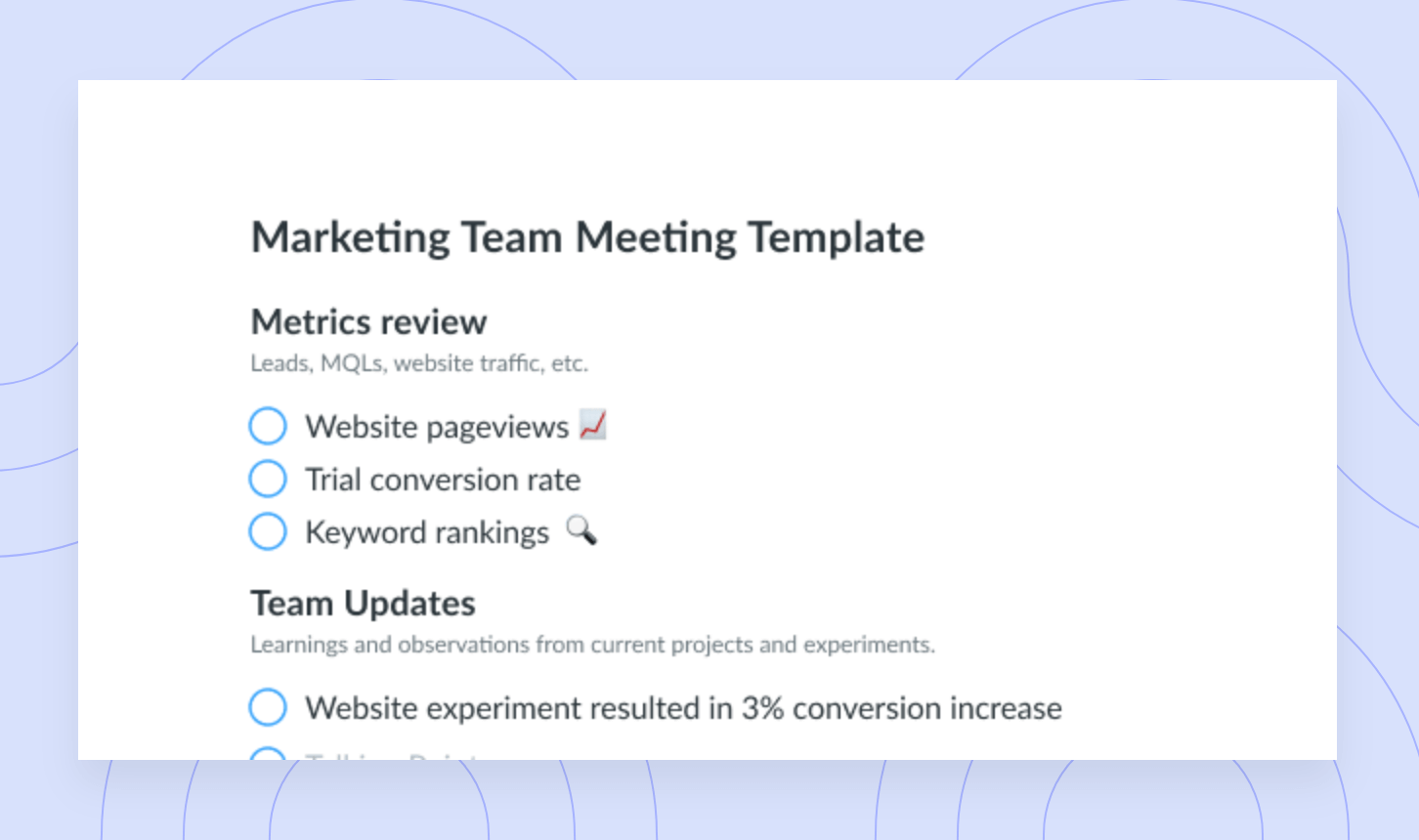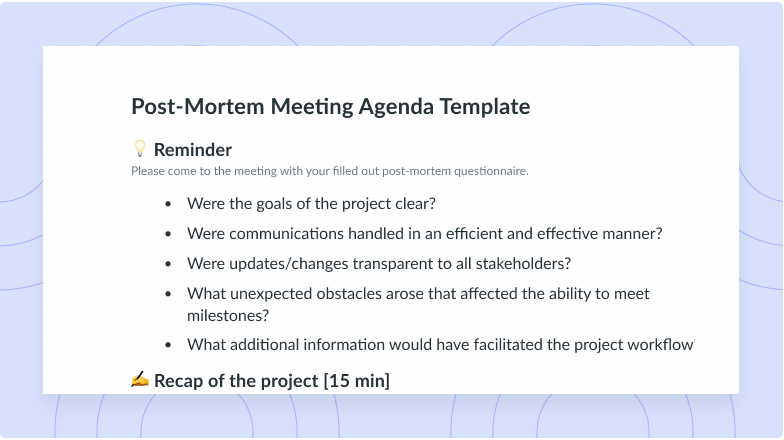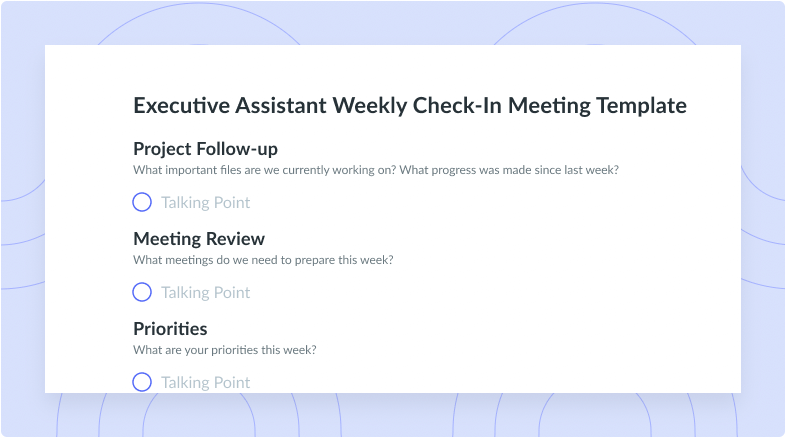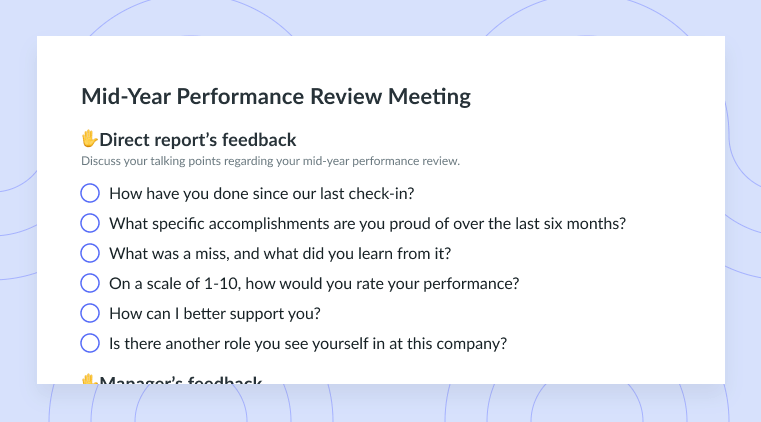Jean-Michel Lemieux: Balancing the Act of Leading and Following
Jean-Michel Lemieux, Chief Technology Officer at Shopify, shares his perspective on why management is a career change, not a promotion.
Jean-Michel is the Chief Technology Officer at Shopify and has an impressive career history. Prior to joining Shopify, Jean-Michel served as the Vice President of Engineering at Atlassian where he led a team of over 150 engineers in his role as Chief Architect for Rational Team Concert, a division of IBM.
Listen to this episode (or read the transcript below) to learn how to lean into leadership and embrace it as a career change.
1 Who has been your most memorable boss or a leader you’ve looked up to?
My first memorable boss was a boss that left a month after I started, and I inherited his entire code base. He taught me a really important lesson which was to spend more time reading your code than you do writing it. People are always going to be reading your code and this experience was really memorable to me from an engineering leadership perspective because it’s something that you’re always going to have to look out for. My first boss just dropped the code on my desk, and it was a really hard lesson to learn.
Another really good boss that I had after this boss recognized that I was young and just starting out in my career and he was always there to answer my questions. Any time I entered his office he always had time for me and stopped what he was doing, and it was really visceral for me. It was evident that he was striving to create a culture where we felt comfortable going to him for support and guidance.
2 Do you ever plan to release your management handbook for public consumption?
It started as the JML Survival Guide for being a manager. I always worry that it’s heavily based on my experience and I still haven’t finished yet. I’ve gotten a lot of great feedback that has been valuable, and I would consider publishing it someday when it’s finished. Subconsciously, I have a bit of imposter syndrome when it comes to talking about leadership and I’ve also gotten distracted with running Shopify.
3 You believe that becoming a manager is a career change as opposed to a promotion, correct?
I think it’s definitely a career change and you really have to lean into the new job because we as a society don’t train people to be good leaders. Humans are a weird unfinished biological thing, and you have to be able to understand how humans work to be a good manager. Most of you probably haven’t taken the time to study humans because our education system doesn’t force us to, but we should.
I’ve stumbled and screwed up a lot during my own leadership journey and I credit it to my lack of studying. I ended up building my own curriculum that details how humans work, how we communicate languages, and how we can work together to get stuff done and that’s what I want to evoke. As humans, we are inherently bad at understanding the way people work but we need to spend time to learn and relearn this information if we want to become good leaders.
4 How much time should we spend leading and following and when should we do either art?
One of the major challenges I have with a lot of manger, leadership, or self-help books is all of the nuances. As a leader, you have to develop multiple tools for different scenarios as you develop and the least effective leaders that I’ve seen are the ones that use a singular tool in every situation. As a leader, you should be trying to get the most out of the situation you’re in by providing content and supporting your team.
I learned this framework from Jay Parikh who ran the engineering team at Facebook, and it basically states that as a boss, you will keep your peers accountable to achieving big goals and you’ll do that by pushing and stretching your teammates in a way that makes them a bit uncomfortable. 25% of your time will be spent doing that. 50% of your time will be spent as a peer, and that’s when you’ll brainstorm, spark conversations, and bring forward any challenges or questions with your team. Lastly, you will spend the remaining 25% of your time tapping into your collective experience. You will prompt your team to bring homework for you to your chats or one-on-ones because after all, you work for them, and this is the 25 50 25 model.
The simplest thing that anyone can do to become a better manager is to look at your monthly calendar and identify each interaction you can with your team and determine if you were acting as a boss, a peer, or an employee. It’s also important to identify if you solicited feedback, and if you provided very direct feedback.
5 Can you dig into why humans might not always be comfortable with setting hard deadlines?
There’s a quote that I read a long time ago that says the success and value you’re going to get out of life is directly attributed to the uncomfortable conversations you’re willing to have during your lifetime. It’s really important that your team understands what you value and you have to build a culture where every single person on your team is in control of their emotions. Sometimes hammering out your principles is going to be uncomfortable and direct, and it’s all about your team’s ability to have these crucial conversations.
As a leader, it’s not your job to control everyone’s feelings. It’s your job to make an impact and make sure your team recognizes their blind spots and receives good, raw feedback and information so they can grow.
6 How do you make sure that your team controls both innovation and quality?
You have to understand a lot of things about strategy, and you constantly have to adjust because things are always going to change. As a leader in your organization, you have to make sure your company innovates. Your strategy must be detailed and multi-layered. At Shopify, we don’t look at strategy through a simplistic lens but rather in the way that was originally defined by the Greeks as multi-layered and adaptive.
I had a really good boss in the past that I thought was micromanaging me at the time, but he was really implementing a great strategy. He would demo my piece of software every week and send me a list of what he liked and what he thought needed to be improved. He wanted to understand my thought process and gain an understanding if he was pointing me in the right direction and it was extremely valuable. A really good strategist will understand how to check in in a way that is in-tune with how the company is running.
7 If you’re a business development person that now leads the BD team, should you still participate in making deals happen?
As a leader it’s extremely important to understand what your team is producing and conduct thorough quality checks so you can build great products and technology. I personally still code for two reasons. I code to stay up to date with technology and to be able to conduct quality checks on our code base. I want to be able to understand if our engineers are making good decisions or not.
Being able to ask pointed questions is important in any discipline as is building a culture that is based on quality. We built Shopify around the quality of our product, and I have to be able to walk the talk, so we don’t lose that culture. It’s important to uphold the quality of the process, the quality of the outcomes, the quality of the code, and the quality of the development environments.
8 How have you rewarded people on your team creatively?
MTTR acknowledges that as humans, we will make mistakes, but it also states that if we fix our mistakes quickly, everything is fine. It’s not about measuring success in a way that identifies the number of mistakes or failures but rather the way in which we resolve them. It’s a mindset shift and you have to be able to have crucial conversations and not let things fester. It’s important to tackle the issue upfront and to try to prevent it before it even happens.
One of my favorite rewards that we’ve done at Shopify recently is when we created a Slack channel called performance wins and we had a really big push around making sure that fight doesn’t get slower as we get bigger. We created the Slack channel and turned off the removing history, so we have a complete history of the last two years and I literally comment on each one. It’s a really great way to give praise publicly so the entire team can see what we value.
9 What is ‘no problem’ syndrome?
I would probably rephrase it and call it layerinitis which is an engineering thing. There are cues that your team can give you about having layerinitis which is essentially like having their team fit in their own little box and they feel like they can’t exit it or work outside of that scope.
As a leader, you have to be able to influence other teams and understand how your team can take accountability for certain problems. As a leader, you need full accountability for solving a problem. I think that’s that mindset. It’s really important to actually build great systems. And to build great teams, you need that as a driving principle. The reality is that problems are always going to be thrown at you and they won’t always fit into one file. You need to have full accountability for solving a problem and it’s important to be able to build great systems that support this mindset. If you want to build great teams you have to have this as a driving principle.
10 Do you have any advice for managers or leaders that are looking to get better at their craft?
A lot of our environments as leaders aren’t set up for us and we have to approach it with the mindset of it being a career change. You have to put double effort into it and a lot of the skill sets and tools you acquire will transfer into other areas of your lives like your marriages or relationships with your kids because it teaches you how to become a better human.
None of us are natural born leaders, we have to put a lot of work into it. You have to do your homework and understand that it’s ok to screw up. If you put in the work, it will be very rewarding.










